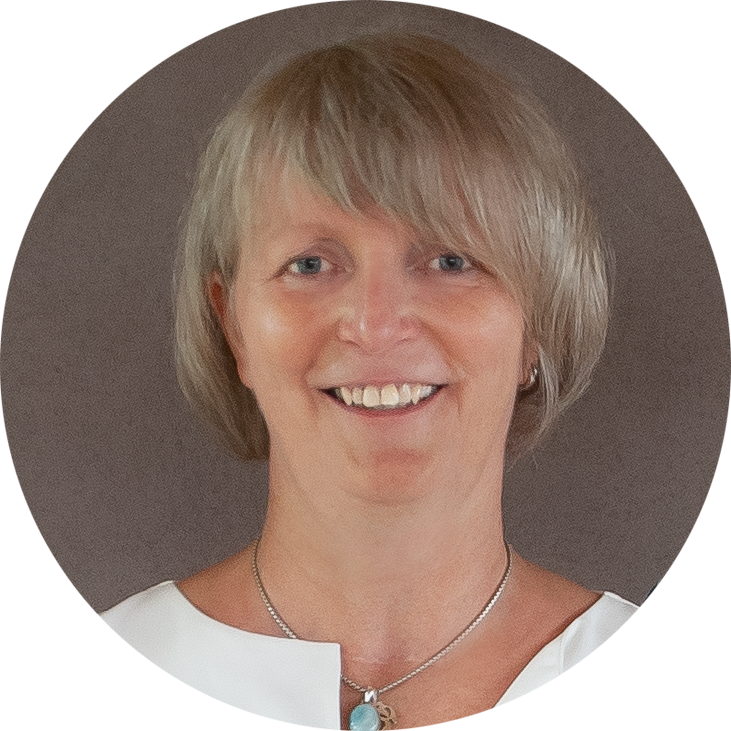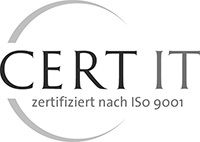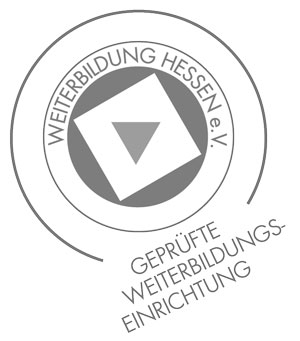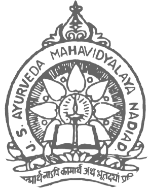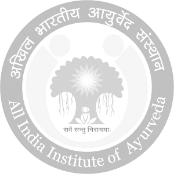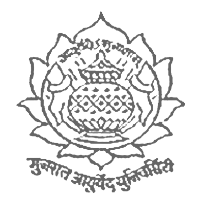Programs
- For Beginners
- For Advanced Students
- For Medical Practitioners
- Learn online
- Certified Trainings
- Courses
- Study trips
- Internships
- Info Events
Academy
Knowledge



